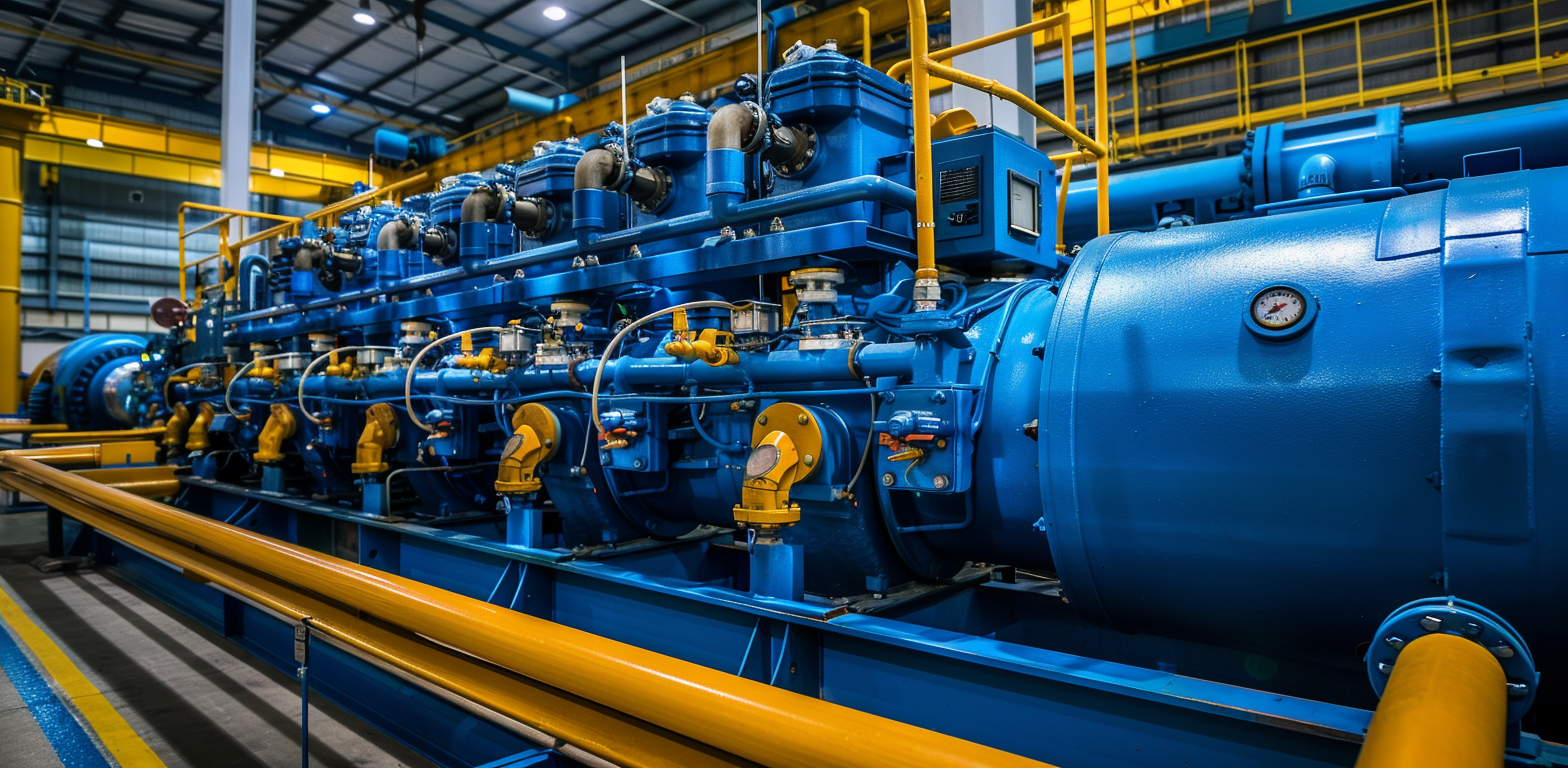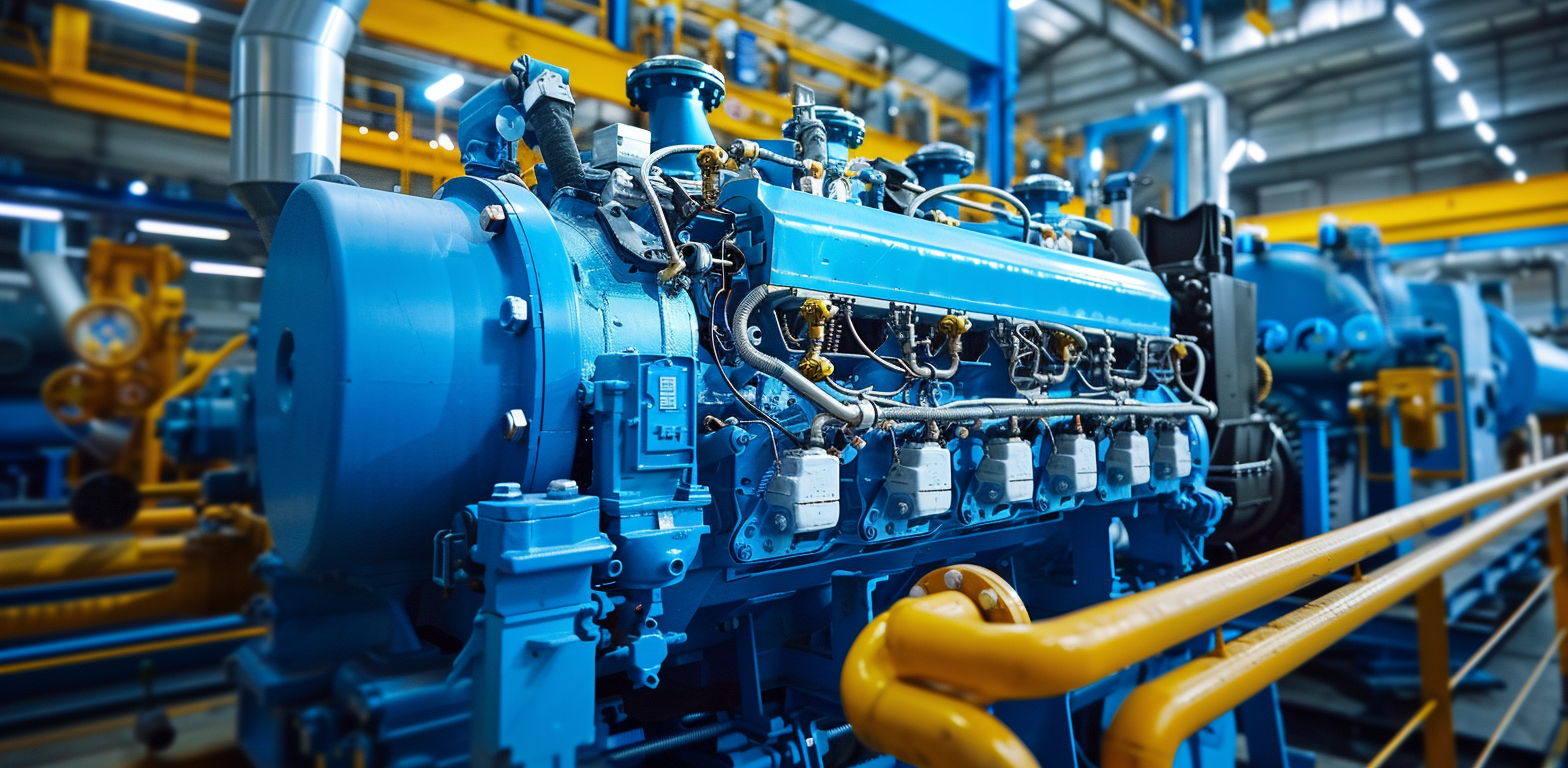Introduction to CHP Systems
Combined Heat and Power (CHP), also known as cogeneration, offers an efficient way to generate electricity and heat from the same fuel source. This method significantly improves energy efficiency, reduces costs, and decreases greenhouse gas emissions, making it an attractive option for various settings.
How CHP Systems Work
CHP systems use a variety of fuels such as natural gas, biomass, or biogas to produce electricity. The heat generated as a byproduct, usually lost in traditional power generation, is captured to provide useful thermal energy. This process enhances overall energy efficiency by utilizing the majority of the energy content in the fuel.
Benefits of CHP Systems
CHP systems are highly efficient, often achieving efficiency levels of up to 80% or more, which is significantly higher than the efficiency of separate heat and power generation methods. This high efficiency translates into reduced operating costs and quicker return on investment. Moreover, these systems help in reducing carbon footprint and enhancing energy security by generating power onsite, reducing dependency on the grid.
Ideal Applications for CHP
CHP systems are particularly beneficial in environments where both heat and power are continuously in demand. Industrial facilities, commercial buildings like hotels and hospitals, and residential complexes can all benefit from the installation of CHP systems. These settings can use the electrical and thermal energy generated, leading to significant energy savings and operational efficiencies.
Conclusion
With the dual benefits of electricity and heat production, CHP systems provide a sustainable and economical solution for energy management across various sectors. Understanding the operational benefits and applications of CHP systems allows businesses and facilities to make informed decisions that align with their energy efficiency goals and sustainability practices.



